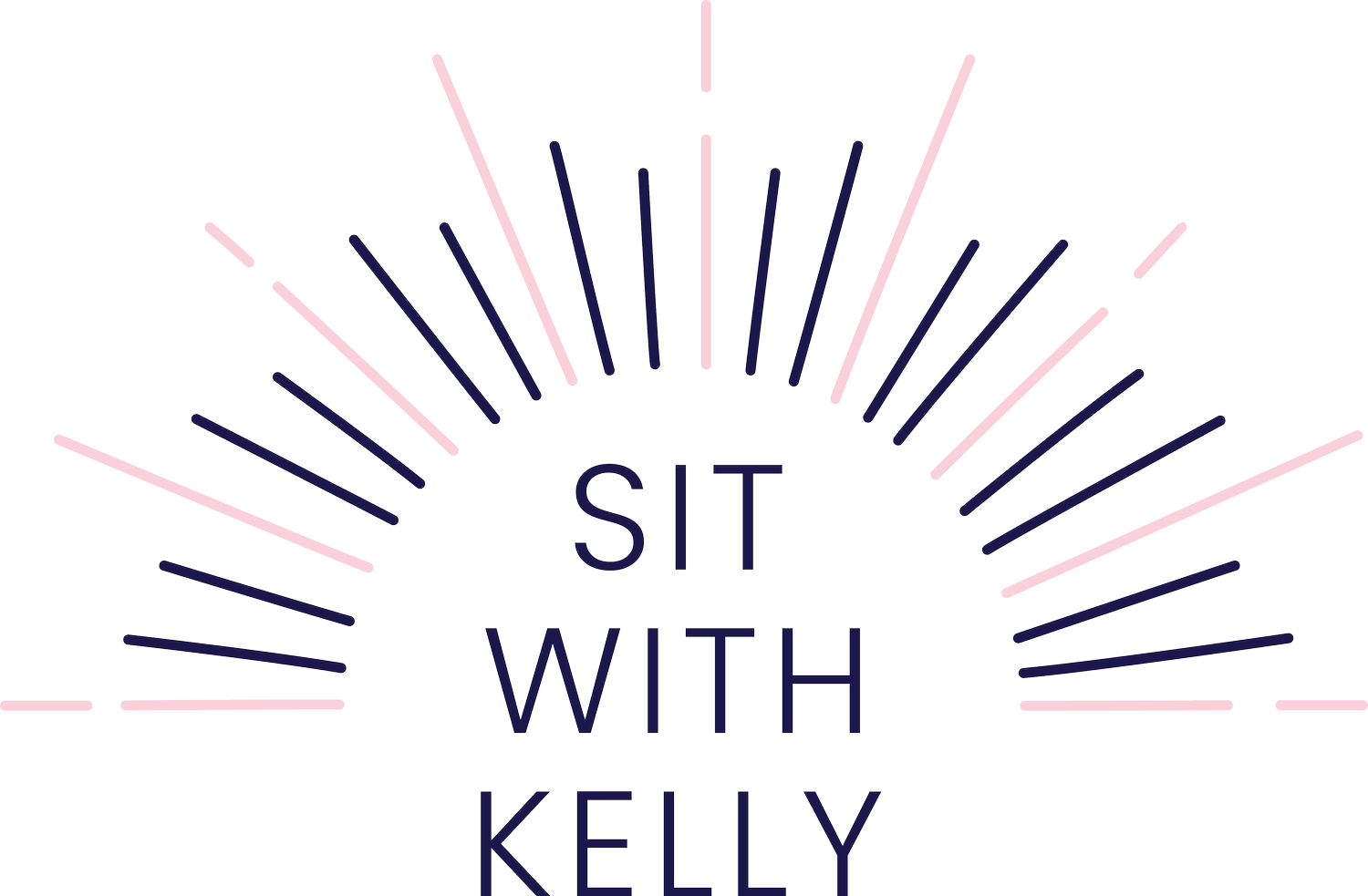What Type of Therapy Is Best for You?
How to Pick Between the 5 Most Common Types of Therapy
You don't have to wait until the New Year to make a change in your life and start therapy. Now is your time!
If you’re thinking of trying therapy, you might be feeling overwhelmed by the number of therapists in your area that all seem to be offering their own spin on things. There are so many different types of therapy and theoretical orientations that guide therapists’ work. This shapes what therapy will look like – with some approaches, you may do most of the talking as the patient, others are more collaborative, and some types of therapy are super structured.
Here’s an overview of some of the most common types of therapy. If you’re not sure what’s best for you, set up an introductory call with a couple of therapists. Most offer a free consultation call where you’ll have the opportunity to ask questions about their approach and determine what type of treatment is best for you.
Types of Therapy
1. Cognitive Behavioral Therapy
What can I expect?
A CBT therapist will work with you to help you understand the relationship between your thoughts, feelings, and behaviors. The therapist will teach you new ways of thinking about things to create a healthier and more positive outlook. You will learn to challenge your thoughts and beliefs and replace them with more helpful and accurate thoughts. CBT is a pretty action-oriented therapy, and depending on how closely your therapist follows the CBT model, it can be very structured. You may be asked to complete activities outside of the session, such as worksheets or journal entries, to continue practicing the skills you learned in the session. With CBT, you won’t spend a lot of time digging into past issues.
Who’s it for?
CBT is incredibly effective for a lot of common mental health issues such as anxiety, depression, and eating disorders.
2. Dialectical Behavioral Therapy (DBT)
What can I expect?
A DBT Therapist will teach you lots of new skills and mindfulness techniques to cope with difficult situations and decrease conflict in your relationships. You will work on regulating your emotions and practice accepting and dealing with distressing feelings as they come up. You will become comfortable with the uncomfortable. DBT also incorporates a lot of CBT skills, so you will learn to identify and challenge your thoughts as well.
Who’s it for?
DBT is really helpful for people with self-harm or suicidal thoughts, eating disorders, PTSD, substance use, or borderline personality disorder.
3. Eye Movement Desensitization and Reprocessing (EMDR)
What can I expect?
An EMDR Therapist will have you perform specific eye movements while you recall a traumatic event. This will help you to replace distressing reactions to painful memories with more positive responses.
Who’s it for?
There’s a ton of research out there that EMDR is very effective for people who’ve experienced trauma or have PTSD – and it works quickly.
4. Exposure Response Prevention (ERP)
What can I expect?
ERP is a type of CBT therapy. A Therapist using ERP will work with you to face your fears head-on without using any obsessions or compulsions. By exposing yourself to distressing situations and thoughts without relying on compulsive responses, you will learn to be free of this never-ending cycle. While it can be uncomfortable at first, it’s short term pain for long term gain.
Who’s it for?
ERP is considered the gold start treatment for OCD.
5. Psychodynamic therapy
What can I expect?
Psychodynamic therapy is a more free-flowing form of talk therapy; it is unstructured. You can expect to talk a lot about the past and anything else that comes to mind, with the goal of uncovering patterns that are causing you distress. You will explore the unconscious mind and gain a greater understanding of how it impacts your thoughts and behaviors.
Who’s it for?
Psychodynamic therapy is effective in treating depression and anxiety.
With so many different types of therapy, you may be feeling unsure of your next move. If you already see a doctor, they will likely be able to provide you with a recommendation. Friends or family members may also be a good referral source.
It’s important to remember – what works for one person may not work for you. It’s ok if you start therapy and decide that a particular type of therapy or your specific therapist is not the right fit for you. It takes most people 4-6 sessions to truly feel comfortable with a therapist. Give it a shot, and if it doesn’t feel like a good fit, it’s ok to try something else.
Remember: this post is for informational purposes only and may not be the best fit for you and your personal situation. It shall not be construed as legal, financial, or medical advice. The information and education provided here is not intended or implied to supplement or replace professional advice of your own attorney, accountant, physician, or financial advisor. Always check with your own physician, attorney, financial advisor, accountant, or other business or medical professional before trying or implementing any information read here.






